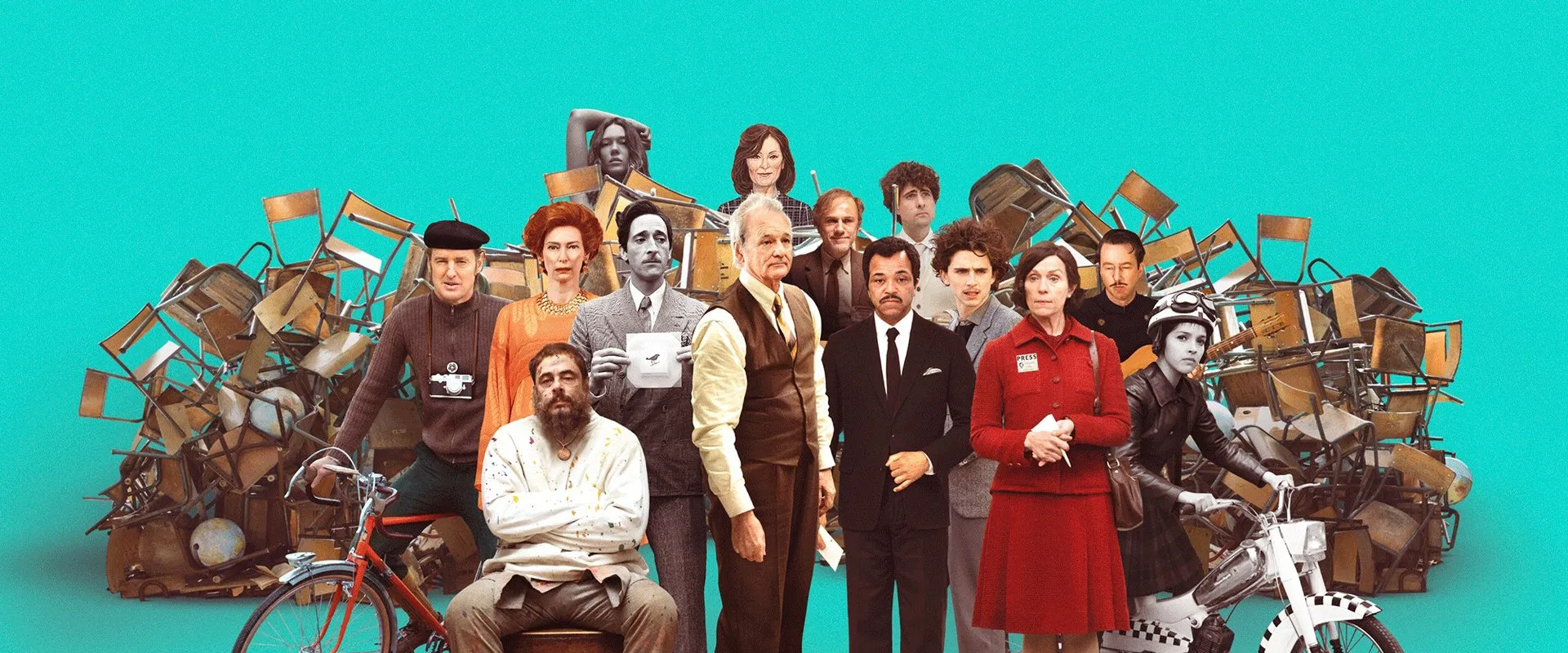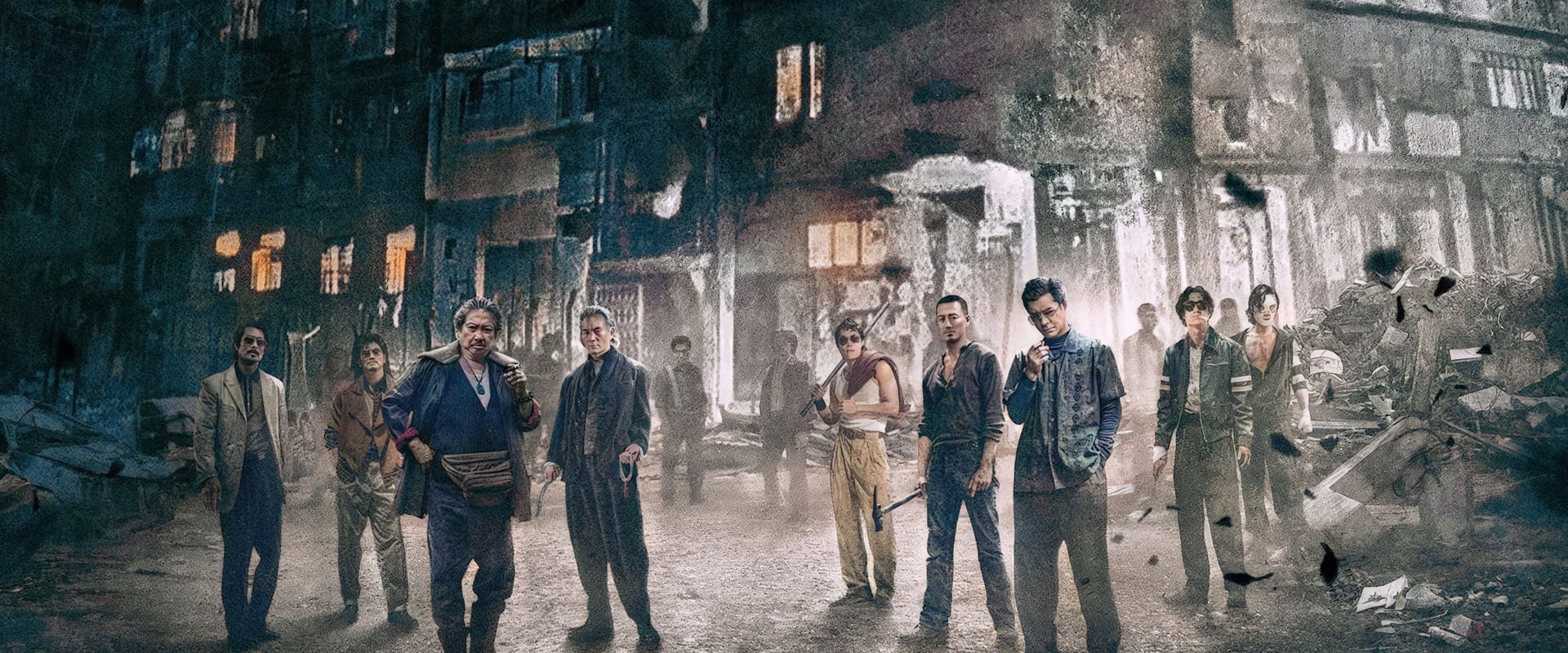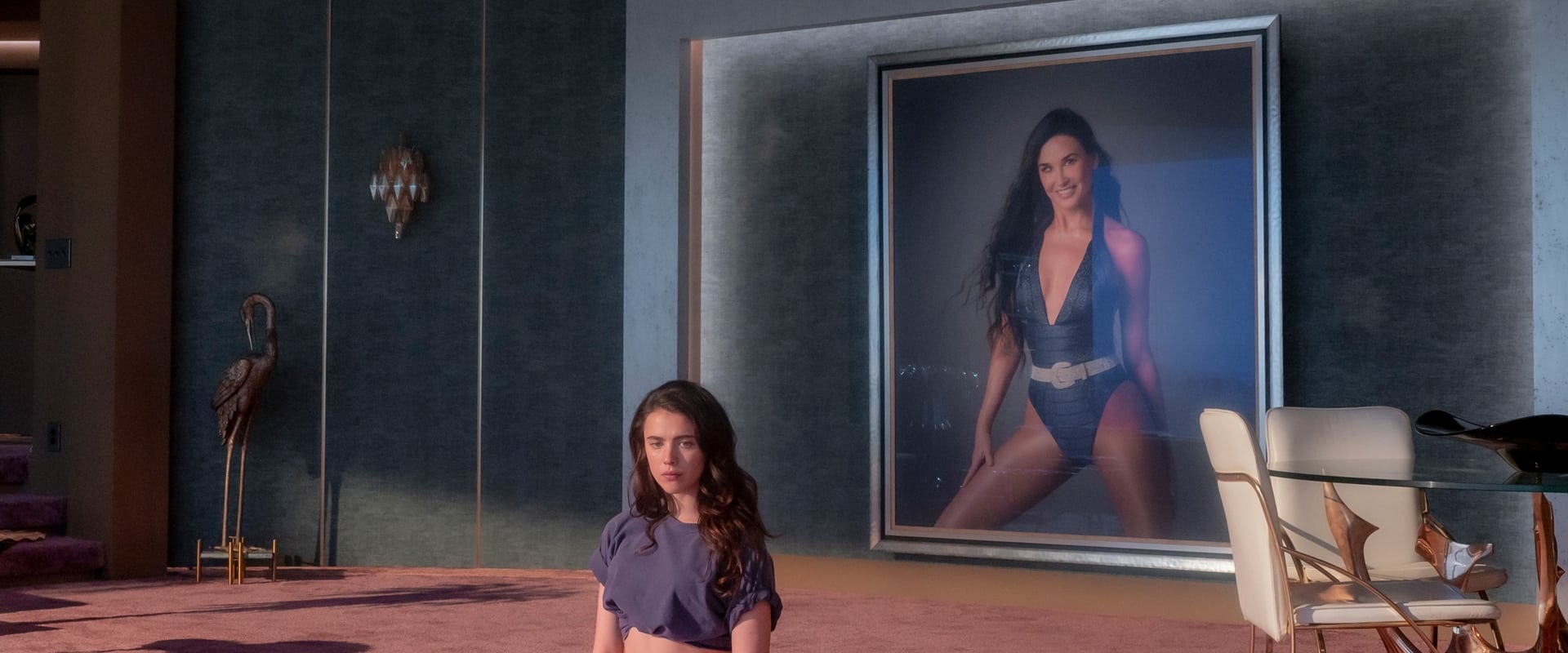From the first, tumbling rush of Owen Wilson cycling through streets with names like a punchline, The French Dispatch is an object lesson in what happens when style becomes its own brand of compulsion. Wes Anderson, in the full flower of his late-stage maximalism, orchestrates his latest film as if he’s afraid he’ll run out of time—or visual ornament—before he’s had his say. What results is less a movie than an overstuffed candy sampler: you know you could overdose on the sugar, but you still don’t want the box to be empty.
From the first, tumbling rush of Owen Wilson cycling through streets with names like a punchline, The French Dispatch is an object lesson in what happens when style becomes its own brand of compulsion. Wes Anderson, in the full flower of his late-stage maximalism, orchestrates his latest film as if he’s afraid he’ll run out of time—or visual ornament—before he’s had his say. What results is less a movie than an overstuffed candy sampler: you know you could overdose on the sugar, but you still don’t want the box to be empty.
Let’s get this out of the way: if you loathe Wes Anderson’s mannerisms—the cross-hatched symmetry, characters lined up like soldiers at a toy parade, dialogue delivered with the feverish calm of a librarian at story hour—then The French Dispatch will be your breaking point. Films this hermetic are best enjoyed from inside the snowglobe. For the rest of us, those still willing to buy a ticket for the Anderson express, this is the journey you were promised: the compartments are smaller, the screens keep shrinking, but the world outside just gets more colorful, more artificial, and more poignant as it speeds by.
Anderson’s conceit, an anthology issue of a magazine that’s a love letter to midcentury New Yorker myth, is less about journalistic legacy than about the very act of telling stories—a series of Russian dolls with stories inside stories, and another story nestled inside for good measure. You can almost hear the click as each layer fits snugly against the next. Never has a director been so taken with showing his own process: aspect ratios flip-flop, color tints rise and fall, live actors vanish into flip-book animation, and walls slide away as if the world were made of watercolor backdrops. You want a visual jolt? Blink and you’ll miss the next three.
He’s cast everyone; some are barely more than a cameo—the most rarefied form of Andersonian currency these days. Saoirse Ronan’s time onscreen is the duration of a raised eyebrow, but then there’s Léa Seydoux, inhabiting a prison guard’s uniform (before she discards it entirely) with the casual bravado of a Parisian Aphrodite. You see everything, as they say—and with a director this arch, nothing is quite accidental.
It’s as if Anderson has reached into his own toy chest and thrown every piece onto the floor: Benicio del Toro lost in the fog of artistic agony; Adrien Brody chewing scenery along with the scenery’s ornate frames; Frances McDormand riffling through pages as if hunting for the next great line, only to find herself, as usual, already holding it. The film conducts an almost demented roll call of talent: Bill Murray presides as the ultimate editor (equal parts avuncular and exasperated), Tilda Swinton narrates with the gleam of a flickering candle, and Timothée Chalamet proves you can stage a revolution with little more than a pout and a mustache.
Is it too much? Of course. Is it too busy, too fussed-over, too quick to hide superficiality beneath the high-gloss surface of the frame? Emphatically, yes. The stories—impeccable in dialogue, gaudy in movement—strain under the mass of so many colorful personalities. None linger in the heart the way the tidal romances of Moonrise Kingdom or Life Aquatic do. We aren’t compelled by these characters so much as we’re asked to appreciate their existence, flickering across the magazine spreads of history.
But when you surrender to it—that infectious, non-stop parade of set pieces and quick gags, the castles built out of old press clippings and painted bric-à-brac—something beautiful happens. Anderson’s movies have always winked at the viewer, the sly acknowledgment that this is artifice, this is spectacle, “you’re in on the joke.” With The French Dispatch, the wink becomes a full-blown performance, the director himself a magician still hoping to fool himself even after showing you the trick.
Is it Anderson’s most beautiful film? Likely. The design is so intricate you want to crack open the celluloid and live inside each frame. There are moments—a city waking up, a bicycle gliding through fog, a hasty meal prepared to save a life—that feel like gifts content to exist for their own sake. Yes, you will wish to pause and feast, to catalog every sight gag and ornamental detail.
This isn’t the Wes Anderson Movie of the future—where squirrels tell stories by megaphone and Edward Norton commands a fleet of tanks, while 25 Academy Award winners assemble for a postcard’s worth of screen time—but it’s another step down that mirthful, decadent road. Like a bowl of candy, it may not be nourishing, but you don’t resent the pleasure. When the lights come up, you may wish you knew these people better, or that the stories dug deeper—but who could blame Anderson for wanting to show us his collection, for wanting to share the sheer, unrestrained joy of making a movie like this?
Drenched in style, light on consequence, The French Dispatch is less a journal and more the reverie about what it means to care obsessively for words, for images, for the slow, sentimental pleasure of storytelling itself. Anderson, for all his fussy perfectionism, still believes in delight. And so, for those of us still on the train, what a way to travel.


